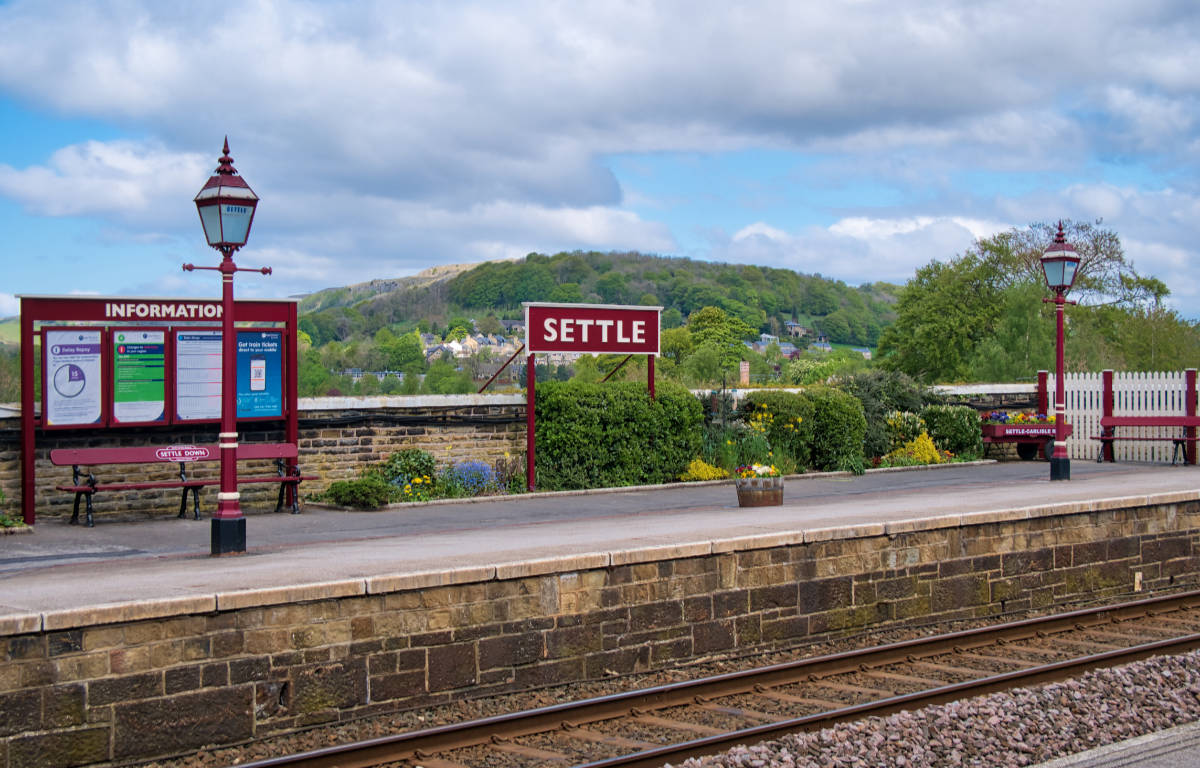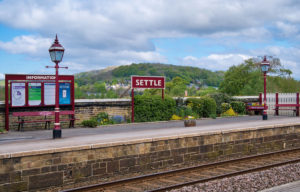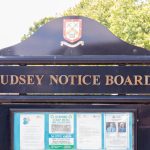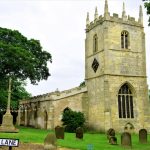
Settle is a small market town located in the district of North Yorkshire, England and set on the border of the Yorkshire Dales National Park. Historically in the West Riding of Yorkshire, Settle lies about 30 miles southeast of Kendal and around 42 miles northwest of Leeds, along the A65. As well as being known as a choice centre for walkers and ramblers it is said to have the country’s old known cafe; Ye Olde Naked Man, which opened in 1663. The town had a population of 2,564 at the 2011 UK Census.
A Fleeting History
Settle derives its name from the Angle word for settlement. The Angles began settling in the area sometime during the 7th-century Anglian. The general area is mentioned as Craven in the Domesday Book, which shows that until 1066 Bo was the Lord of Settle. After King Harold’s defeat by William the Conqueror in 1066, the new king subdued any potential uprisings in a campaign known as the “Harrying of the North” which took place between 1069 and 1070. After that, the lands around Settle was granted to Roger de Poitou.
In 1249, Henry de Percy, Baron of Topcliffe was granted a market charter for Settle by Henry III. A market square developed and then later, a principal roadway, which ran east-west through the town in an east-west direction to Giggleswick where the locals attended the parish church. Towards the end of the 15th century, the first bridge over the River Ribble was built.
During the mid-1600s during the English Civil War, the Lords of the Manor, the Cliffords, obviously supported the Royalists but the local inhabitants sided with Cromwell. In 1651, John Lambert of Calton in Malhamdale, a general in Cromwell’s army, camped with his troops at Settle while on the road to do battle in Lancaster.
Circa the late 17th century, author Daniel Defoe wrote: “Settle is the capital of an isolated little kingdom of its own surrounded by barren hills.” The remoteness and isolation of Settle meant business in the town was largely limited to local trade. The only local roads were old packhorse trails and drovers’ roads, along hilltops, since the surrounding valley floor was largely swampy.
Textiles
In the 1700s, textile entrepreneurs, backed by traders and landowners, campaigned for a toll road to connect with growing industrial towns. Records show that the Kendal to Keithley turnpike, which was built in 1753, was largely funded with money invested by mill owners from the Giggleswick district. In 1827, the Turnpike Trust, responsible for road maintenance, had run up debts of more then £34,000. When in 1877, the trust was terminated, the investors only received on average 54% of their deposit. However, by then Settle was now well connected and its cotton mills boomed. Additionally, it was now possible to import coal and heavy industries that exported the likes of agricultural lime and sandstone masonry had the great benefit of access to the Leeds – Liverpool Canal at Gargrave. In 1763, the first passenger stagecoaches to the town arrived, and by 1786, there was a Mail Coach running regularly. By 1840, there was a daily passenger coach service.
In 1847, the “little” North Western Railway reached Giggleswick. And in 1849, the railway company completed the link from Giggleswick to Settle. In 1875, the renowned Settle to Carlisle Railway was completed, initially opening only to goods traffic, but then to passengers in the following year. The contemporary Settle railway station had a warehouse, cattle pens, and a signal box.
During the late 18th century, cotton spinning became Settle’s main source of employment, which superseded corn milling in the town. John Procter was a prominent mill owner in the town. His business interests eventually passed to his son; Thomas, who built the eponymous workers’ cottages, Procter’s Row in Lower Kirkgate. By 1835, there were five spinning mills in Settle, employing a total of 333 people.
The Modern Era
Settle town centre is mostly made up of buildings dating back to the 18th and 19th century and has a labyrinth of narrow alleys and courtyards. The French-style town hall now houses the Tourist Information Centre. A 17th-century yeoman’s house, ‘The Folly’, situated just behind the market place is now the ‘Museum of North Craven Life’. The town also has some permanent heritage displays, including the Settle to Carlisle Railway, Robert (Mouseman) Thompson furniture and another on local history.
Settle’s market is held weekly on Tuesdays in Victoria Hall in the town centre. The town square is surrounded by local businesses, most are family-owned, with some of these offering bespoke goods from the Settle area. However, the place is very much a working town with a popular market and a good range of independent shops and has plenty of places to eat and drink.
A fair proportion of Settle’s local economy is based on tourism, with the town being a bit of a ‘Mecca’ for walkers, cyclists, railway enthusiasts and the like. The Settle Stories Festival brings internationally known and award-winning artists to the town on a regular basis and has free events suitable for all age ranges. The festival is produced and managed by Settle Stories, an arts and heritage charity based in the town.
Getting to Settle!
Settle is most easily accessed by road from both the North and South, via the M6 motorway. Leave the M6 at junction 36, then head eastbound along the A65 until you reach the B6480. The turn off takes you straight into Settle.

Settle has a most picturesque railway station.
Image: AlanMorris/Shutterstock.com
The best way to get to Settle is definitely by train. Cited as the most picturesque rail route in the UK, there is a regular service that runs between Leeds and Carlisle. The ultimate is to make the journey by steam train. Several companies offer a weekly service during the summer months. If you make the train journey to Settle from Carlisle, you will have the extra thrill of riding over the famed mid-19th-century, Ribblehead viaduct. The structure is built of local masonry stone, has 24 arches, and is 440 yards (400 m) in length. It is said by many to be the finest example of Victorian railway architecture in the country. You can visit the Settle Carlisle Partnership website for train timetables.
There is a regular bus service from Skipton to Settle that runs on to Kirkby Lonsdale.
Settle is 29 miles (47 km) from the Leeds Bradford Airport.
Things to do and see
A few suggestions for things to do in and around Settle are:
Settle is perfectly located to explore the nearby scenic Yorkshire Dales on foot, by bicycle, on horseback or by car. For hill walkers, it is just a few miles from the Three Peaks: Whernside, Ingleborough and Pen-y-ghent. You could try the ”Three Peaks Challenge”, which requires walkers to climb all three peaks within 12 hours, a total of 24 rugged miles (38 km).
Other local beauty spots include Castlebergh, a huge limestone crag above the town, and Malham Tarn, famed for its unusual geology.
Victoria Cave is known as the location where the extinct remains of mammoth, bear, reindeer and hippopotamus, all now extinct from the area, were famously discovered on the day Queen Victoria was crowned in 1837. The Museum of North Craven Life has many of those discoveries on display.
Where to stay?
There are plenty of places to stay in and around Settle. Hostels and campsites provide the cheapest accommodation but you will generally need to book plenty of time in advance of your stay. Guesthouses, B&Bs and hotels are the popular choices of accommodation. Broad guideline prices for the various types of accommodation for 2 adults sharing are:
Guesthouse/B & B: £50 – £100
Hotel: £100 – £170
Holiday Home Let: Typically £50 – £100 pp per night for max no. of people sharing.




